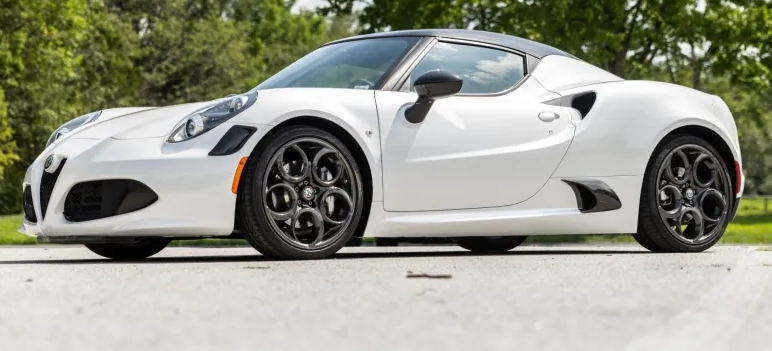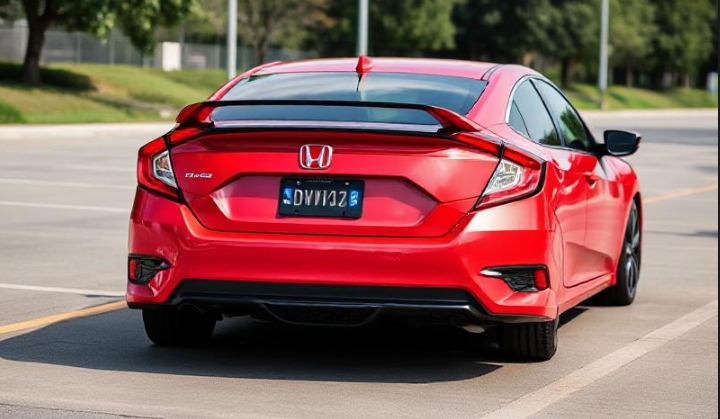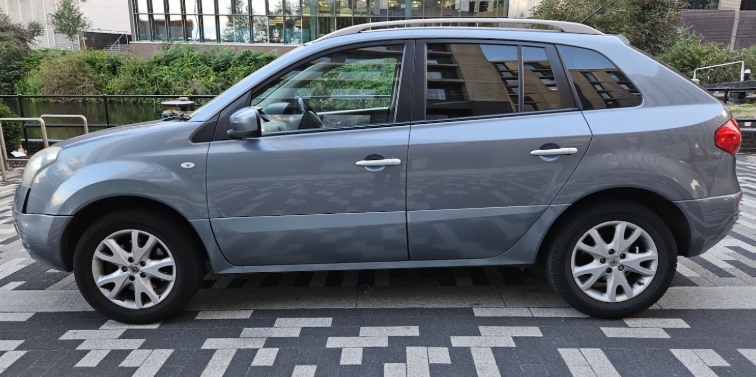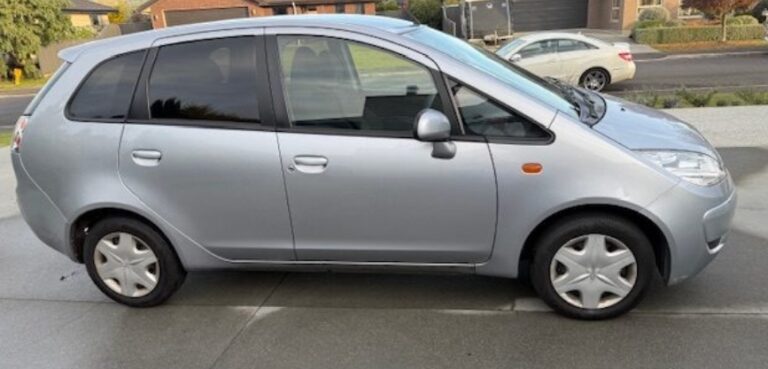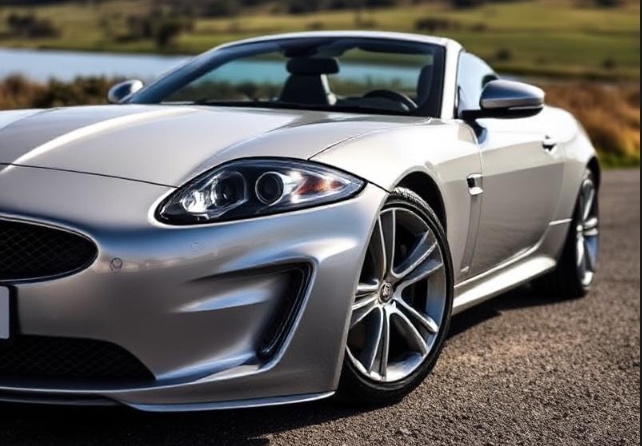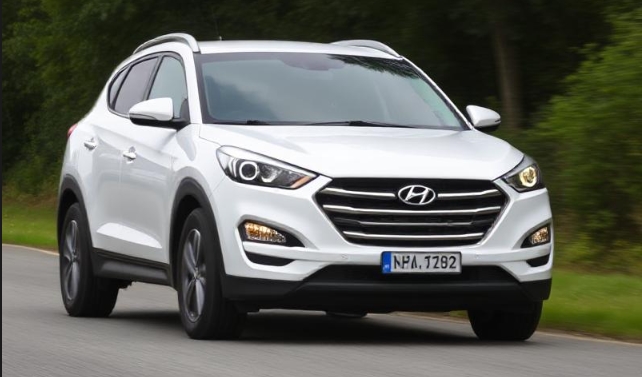A Tale of Two Alfas: The Evolution of the Alfa Romeo 8C and 4C Halo Cars
In the grand pantheon of automotive history, few names evoke as much passion, beauty, and spirited debate as Alfa Romeo. For over a century, the Milanese brand has been synonymous with cars that prioritize the soul over the spreadsheet, often blending heart-stopping design with a raw, unfiltered driving experience. In the 21st century, as the automotive world trended towards homogeneity, Alfa Romeo rekindled its legendary flame with two distinct but philosophically linked halo cars: the 8C Competizione and the 4C. While not a direct lineage, their story represents a cohesive evolution of a single idea: to build a pure, uncompromising Italian sports car that puts emotion at the forefront. This is the story of their development, their models, and their indelible legacy.
Part I: The Muse – The Alfa Romeo 8C Competizione (2007-2010)
By the early 2000s, Alfa Romeo was a brand rich in heritage but searching for a modern icon. It needed a definitive statement, a car that would not only turn heads but also serve as a North Star for the brand’s future design and engineering ethos. The answer arrived in breathtaking fashion at the 2003 Frankfurt Motor Show.
The Concept and Public Mandate: The 8C Competizione concept car, penned by designer Wolfgang Egger, was a masterpiece of retro-futurism. It drew clear inspiration from Alfa’s most celebrated racers of the past, notably the 1930s 8C models and the ethereal 1967 Tipo 33 Stradale. With its voluptuous curves, teardrop cockpit, and signature trefoil grille, it was universally adored. The public and critical reception was so overwhelmingly positive that Alfa Romeo’s parent company, Fiat, was essentially compelled to transform the dream into a production reality.
The Production Model: 8C Competizione Coupé (2007-2009) After four years of development, the production version of the 8C Competizione was launched, staying remarkably true to the concept’s stunning form. The name itself was a tribute to Alfa’s heritage: “8C” referenced the glorious eight-cylinder engines of the 1930s, and “Competizione” was a nod to the 6C 2500 Competizione that raced in the 1950 Mille Miglia.
- Years Produced: 2007–2009
- Engine and Drivetrain: At its heart was a dry-sump 4.7-litre (4,691 cc) 90° V8 engine, assembled by Ferrari and shared in architecture with Maserati. It produced a scintillating 444 horsepower and 354 lb-ft of torque, with a redline of 7,500 rpm. The engine’s cross-plane crank V8 soundtrack remains one of the most celebrated in modern automotive history. Power was sent to the rear wheels through a 6-speed automated manual “Q-Select” transaxle gearbox, which contributed to a near-perfect 49/51 front/rear weight distribution.
- Chassis and Body: The 8C was built on a steel chassis, but its entire outer skin was crafted from lightweight carbon fibre—a technology that would become a central theme in its spiritual successor. This kept the curb weight to a respectable 1,585 kg (3,494 lbs). Suspension was a sophisticated double-wishbone setup at all four corners.
- Models and Trims: The 8C Competizione was offered as a single, high-specification model. There were no traditional “trim levels.” Exclusivity was the key. Production was strictly limited to 500 units worldwide. Customization was the primary differentiator, with buyers choosing from a palette of special colours (like the iconic 8C Red or Competition Red), various shades of Pieno Fiore leather for the interior, and optional extras like fitted Schedoni leather luggage. Each car was a bespoke creation for its owner.
The Open-Air Aria: 8C Spider (2009-2010) Following the success of the coupé, Alfa Romeo unveiled the 8C Spider in 2009, offering an even more visceral way to experience the car’s glorious V8 soundtrack.
- Years Produced: 2009–2010
- Key Differences: To accommodate the removal of the roof, the chassis was significantly reinforced to maintain rigidity, which added approximately 90 kg (200 lbs) to the curb weight. The fabric soft top was a two-layer, electronically operated system. While it shares the same powertrain as the coupé, the Spider received unique, 20-inch “Cloverleaf” style wheels forged from aluminum.
- Models and Trims: Like its hardtop sibling, the 8C Spider was a single-spec model limited to 500 units worldwide. It was considered the slightly more grand-touring focused of the two, but no less of a supercar. Buyers could again personalize their vehicles with an extensive range of interior and exterior colors.
The 8C was an unmitigated success. It was a cost-no-object halo car that sold out instantly, re-established Alfa Romeo as a builder of world-class exotics, and created a design language that would influence subsequent models like the MiTo and Giulietta. But its most important legacy was proving the viability of a modern Alfa built on the principles of lightweight materials and pure driver focus.
.

.
Part II: The Disciple – The Alfa Romeo 4C (2013-2020)
If the 8C was the dream, the 4C was the attempt to make that dream more accessible. It took the core philosophy of the 8C—lightweight construction, exotic materials, and a mid-engine layout—and distilled it into a smaller, more focused, and more attainable package. It was, in essence, a “baby supercar.”
The Concept and Core Principle: Unveiled as a concept at the 2011 Geneva Motor Show, the production 4C arrived in 2013. Its mission was radically different from the 8C. It wasn’t about a glorious V8 or luxurious appointments. The 4C’s singular obsession was the power-to-weight ratio, achieved through a technology almost unheard of at its price point: a full carbon fibre monocoque chassis. This “tub,” weighing a mere 65 kg (143 lbs), provided immense structural rigidity and formed the entire basis of the car, just like a McLaren or Ferrari hypercar.
The Production Model: 4C Coupé (2013-2019) The 4C launched with a focus so sharp it bordered on obsessive. It was a car that stripped away everything non-essential to the driving experience.
- Years Produced: 2013–2019 (Global production continued for some markets after US sales ended).
- Engine and Drivetrain: In place of a V8, the 4C used a compact, all-aluminum 1.75-litre (1,742 cc) turbocharged inline four-cylinder engine. It produced 237 horsepower and 258 lb-ft of torque. While those numbers seem modest, in a car with a European-spec dry weight of just 895 kg (1,973 lbs), the performance was explosive. The only transmission offered was a 6-speed Twin Clutch Transmission (TCT). Critically, the 4C featured unassisted steering, providing raw, unfiltered feedback from the road.
- Models and Trim Levels:
- Launch Edition (2013-2014): The first run of 4Cs was a numbered special edition. Limited to 1,000 units globally (500 for North America), these cars came with specific features: a choice of Carrara White or Alfa Red paint, a carbon fibre aero kit (including spoiler and mirror caps), distinctive carbon fibre headlight surrounds, a race-tuned exhaust, and specific dark-finished wheels.
- Standard Coupé: Following the Launch Edition, the standard production 4C became available. Buyers could add options through packages:
- Convenience Package: Added premium speakers, cruise control, and a rear parking assist system.
- Track Package: For hardcore enthusiasts, this added a race-tuned suspension with stiffer dampers and sway bars, unique wheels, and high-performance Pirelli P-Zero “AR Racing” tires.
- Leather Package: Upgraded the interior with leather seats and trim.
The Open-Top Evolution: 4C Spider (2015-2020) Introduced in 2015, the 4C Spider offered the same raw experience as the coupé but with the added sensory input of open-air driving.
- Years Produced: 2015–2020 (It outlived the coupé in the North American market).
- Key Differences: The Spider featured a removable targa-style fabric roof panel. Due to the inherent strength of the carbon tub, only minimal reinforcement was needed, adding less than 25 kg (55 lbs) to the curb weight. A key visual change was the move from the coupé’s controversial “bug-eye” carbon headlamp housings to a more conventional single-projector headlight design. An optional Akrapovič dual-mode titanium exhaust system became a highly sought-after feature, giving the turbo-four a ferocious bark.
Special Editions: Throughout its run, Alfa Romeo released several limited editions to celebrate the 4C:
- 4C Competizione (2018): A coupé-only special edition limited to 108 units. It featured exclusive Vesuvio Grey matte paint, a carbon fibre roof, mirror caps, and rear spoiler. It came standard with the Akrapovič exhaust and a numbered plaque on the center console.
- 4C Spider Italia (2018): A Spider-only special edition, also limited to 108 units. It was finished in a unique Misano Blue Metallic paint with “Spider Italia” graphics, piano black exterior accents, and a numbered plaque.
- 4C Spider 33 Stradale Tributo (2020): This was the final, triumphant send-off for the 4C in North America. Limited to just 33 units, this model was a direct homage to the legendary Tipo 33 Stradale that also inspired the 8C. It featured exclusive Rosso Villa d’Este tri-coat paint, gold-finished wheels, a bespoke interior with tobacco leather and black Dinamica suede, and numerous carbon fibre trim pieces. It was a fitting, full-circle conclusion to the 4C’s story.
Conclusion: Two Paths, One Soul
The Alfa Romeo 8C Competizione and the 4C were never a direct evolutionary line in the traditional sense. One did not replace the other. Instead, they represent two brilliant facets of the same core philosophy. The 8C was the muse—an achingly beautiful, V8-powered grand gesture that reminded the world of Alfa Romeo’s capacity for greatness. It was an instrument of passion and sound. The 4C was its determined disciple—a car that democratized the use of exotic materials and prioritized lightweight purity above all else. It was an instrument of precision and feedback.
Together, they carved out a unique space in modern automotive history, proving that even in an era of technological aids and comfort-oriented design, there is still a place for cars built for the simple, exhilarating joy of driving. They are both pure, uncompromising expressions of the Alfa Romeo spirit.
